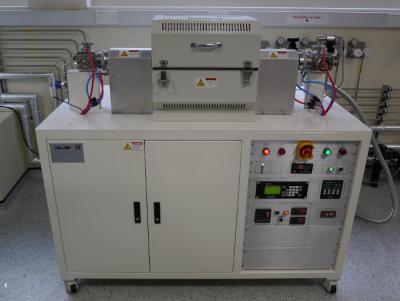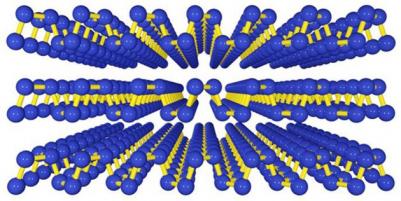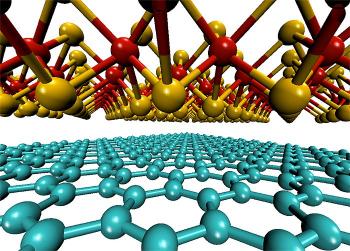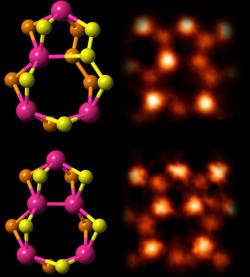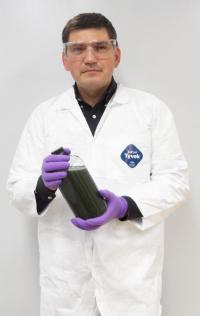The original scotch-tape exfoliation process finally fully understood
The recent years interest in graphene started when Andre Geim and Konstantin Novoselov first managed to isolate the material by using the 'scotch-tape' method. This simply and "primitive" method eventually led to their Nobel-Prize in 2010, and the graphene boom started.

But atomic processes behind the micromechanical cleavage in this method have never been really understood - until now. A research team from Russia, the USA and Finland researched the physics, kinetics and energetics behind the regarded this method, using molybdenum disulphide (MoS2) as the model material.
